Eight Spookiest Plants in the Golden Gate National Parks
More terrifying than anything that M. Night Shyamalan could conjure, these green goblins of the Golden Gate National Parks have scare-worthy names, looks, and toxicities.
Did we miss your favorite frightening flora? “Leaf” us a comment below!
Seeking some more shivers? Check out the Top 10 Creepiest Critters in the Parks in a past Halloween article.
Many thanks to resident plant experts Marion Anthonisen, Samantha Fink, Daniel Franco, David Greenberger, Kara Mirmelstein, and Bring Teng for sharing their suggestions and knowledge.
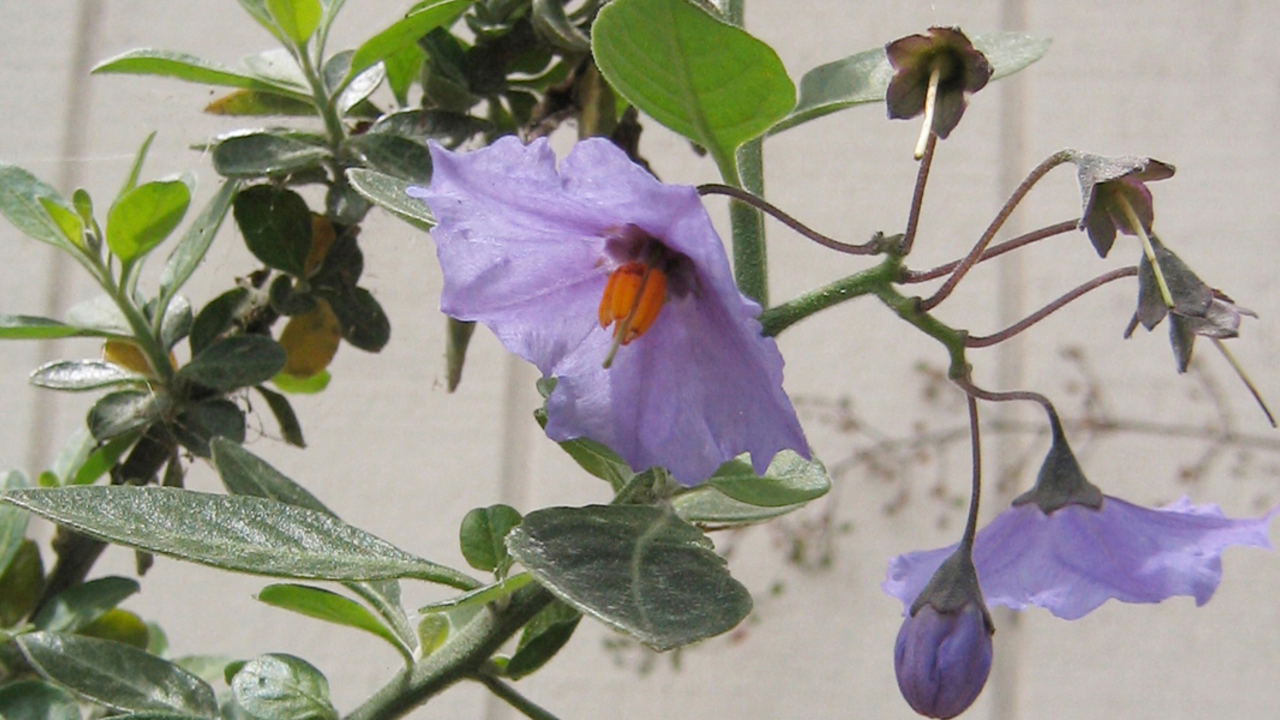
Blue witch nightshade (Solanum umbelliferum)
The Solanaceae (Nightshade) family includes both the familiar (crops such as tomatoes, potatoes, and peppers) and the lethal (like Atropa belladonna, the deadly nightshade with a name straight out of a Harry Potter novel).
Blue witch nightshade, a plant native to this area, boasts seductive lavender flowers that turn into alluring dark purple berries. But don’t succumb to their siren call: nightshades contain glycoalkaloids (solanine), which can cause hallucinations and a variety of painful sensations.
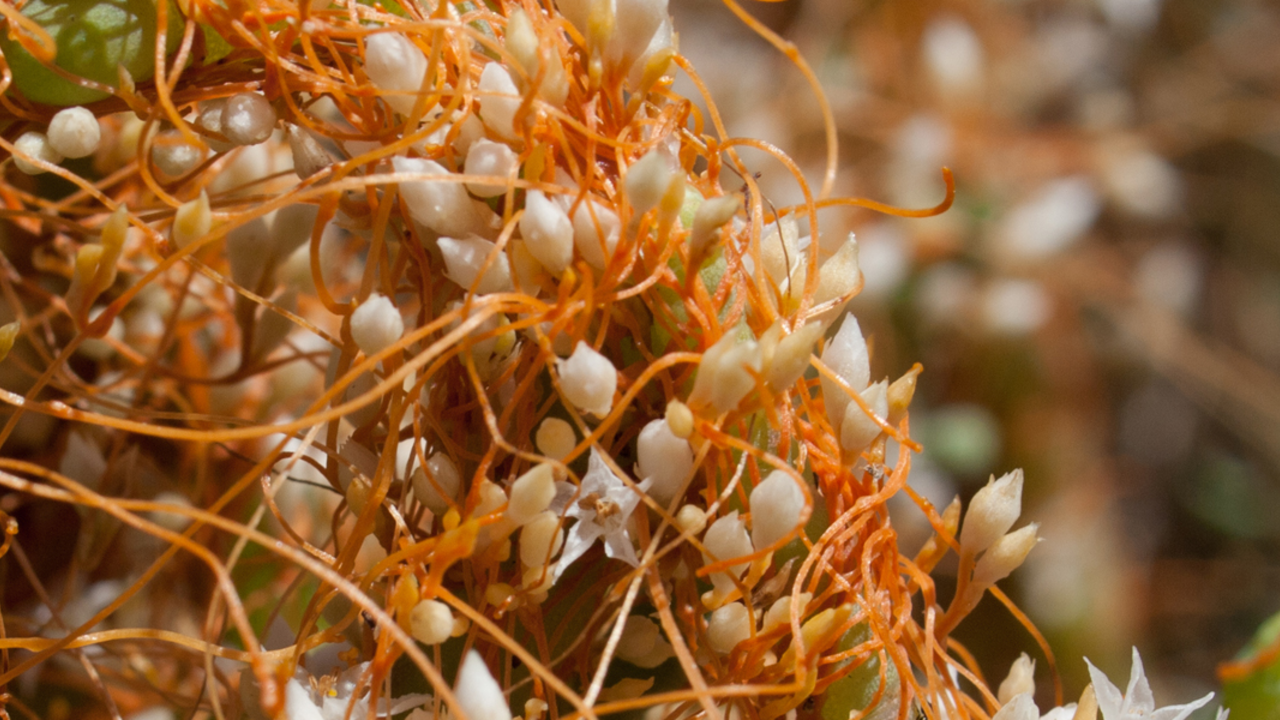
Saltmarsh dodder (Cuscuta salina)
This life-sucking parasitic native lurks in the wetlands, silently strangling its plant victims with its countless orange-yellow tendrils. A leafless, rootless vine, the saltmarsh dodder cannot photosynthesize the energy it needs…so it sucks its host plant’s nutrients through a creepy appendage called a haustorium. Don’t ring the doorbell at this haunted haustorium!
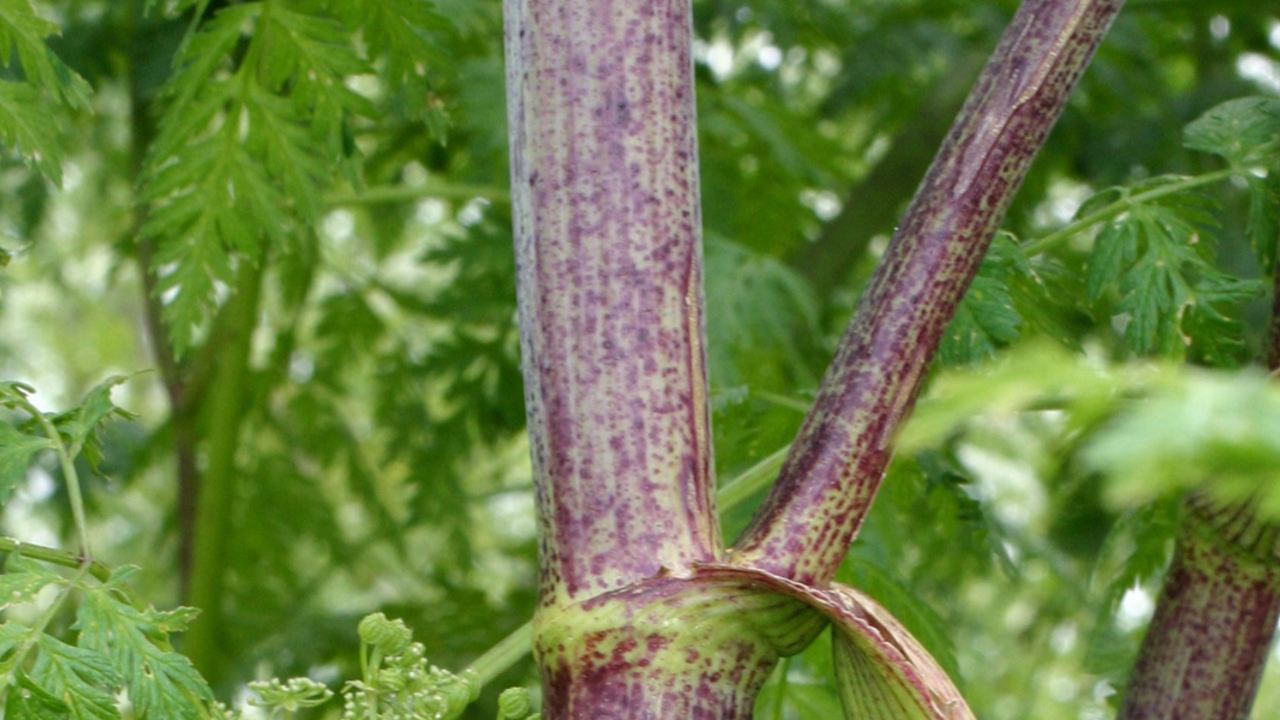
Poison hemlock (Conium maculatum)
This invasive plant, legendary in the annals of ethnobotanical history, makes the list for its deadly past. A tea made from this plant was used to execute the philosopher Socrates, who was convicted of corrupting youth with his teachings. Thus, the distinctive purple-red mottling on the poison hemlock’s stem—a key identifying feature of the plant—has been dubbed “the blood of Socrates.”
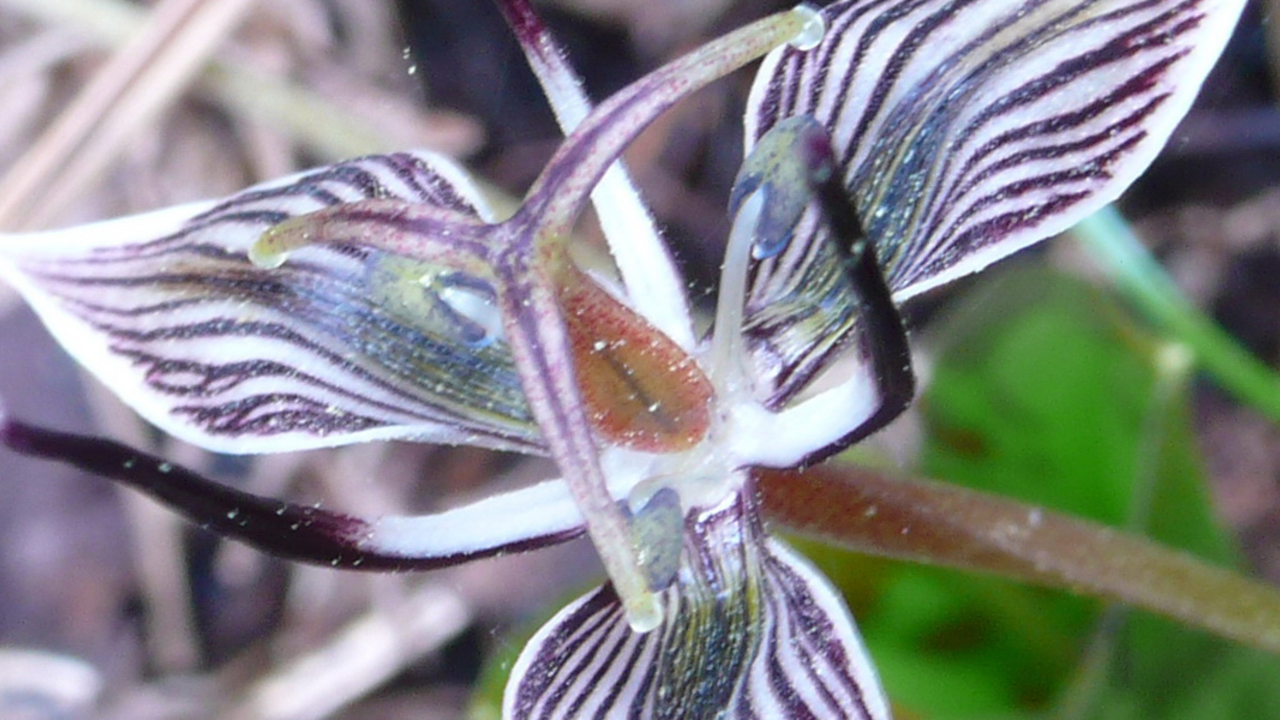
Fetid adder’s tongue (Scoliopus bigelovii)
This one might get the award for “Scariest Common Name”—or, at least, the most evocative! Why “fetid”? If you get close to this lovely lily’s flower, you’ll get a whiff of its unpleasant scent. “Adder,” of course, refers to the colloquial name for venomous snakes of the Viperidae family. This plant also conjures some dark magic: its seeds include a sweet and fleshy elaiosome that’s irresistible to ants, which carry away the seeds, gobble up the elaiosome, and deposit the seeds deep underground.
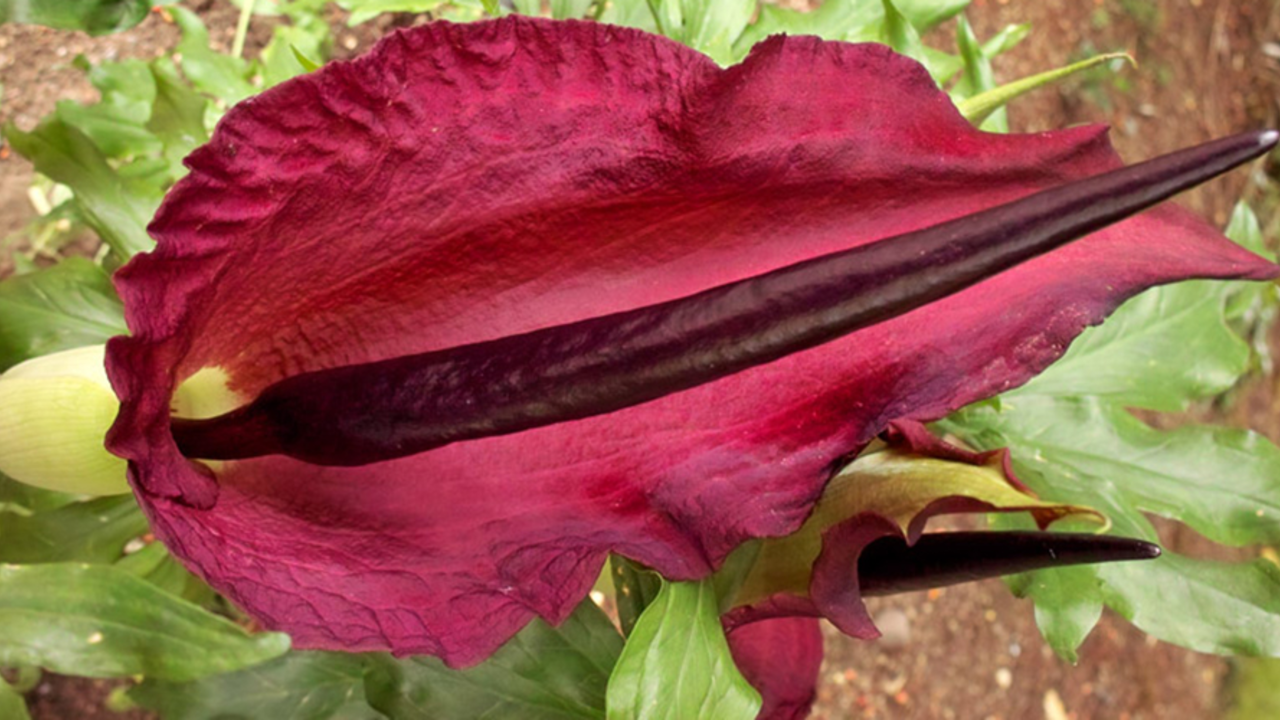
Voodoo lily/dragon arum (Dracunculus vulgaris)
Another smelly entry on this list, the non-native voodoo lily produces a stinky aroma—akin to death, decay, and rotting meat—that’s meant to attract pollinating flies. It also sports another diabolical feature—a dark purple-red spathe (a shielding “cup”), from which protrudes a cunning spadix that looks like a dagger caked in dry blood. The largest of its relatives—the corpse plant (Amorphophallus titanum) that can grow up to 10 feet high—is the stuff of nightmares. Fortunately, the voodoo lilies you might find around Battery East are quite small.
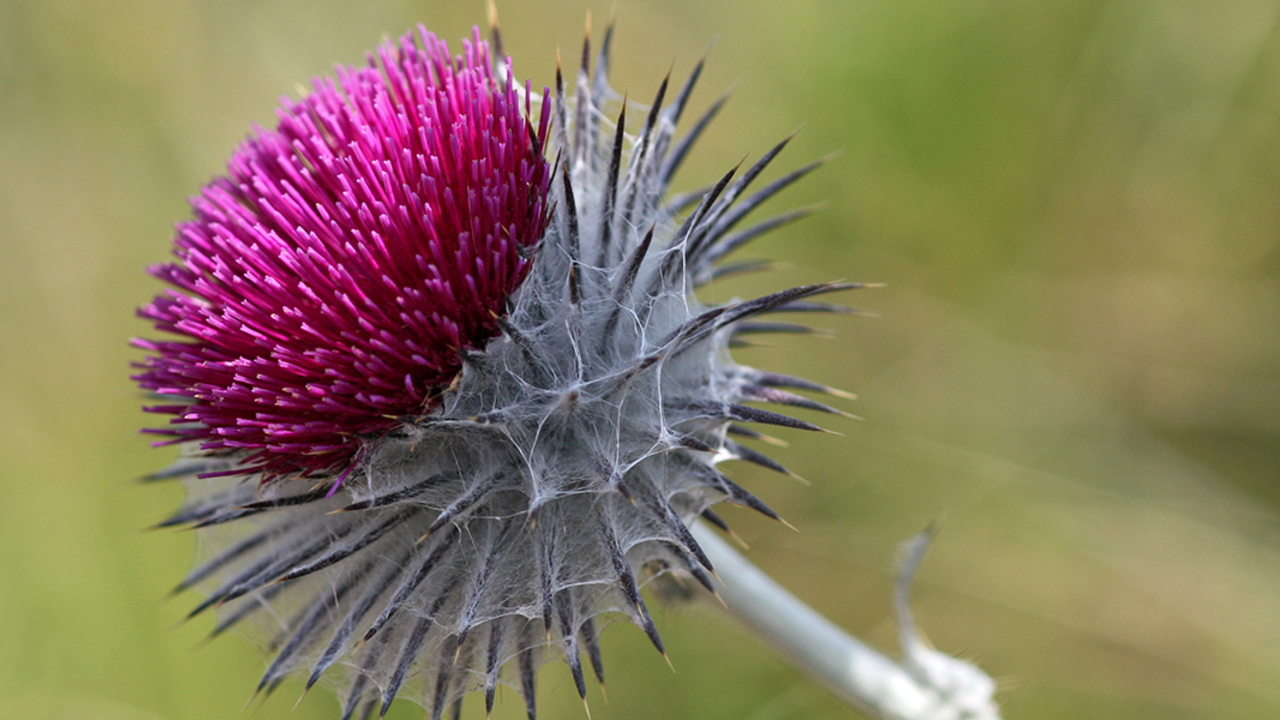
Cobweb thistle (Cirsium occidentale)
No Halloween-themed list-icle would be complete without some creepy cobwebs! The spookiest of all native thistles, the common and widespread Cirsium occidentale features flowers that are covered in spine-tingling spines, laced with fibers that bear a strong resemblance to the stuff you’d find in the corners of some creepy Victorian mansion.
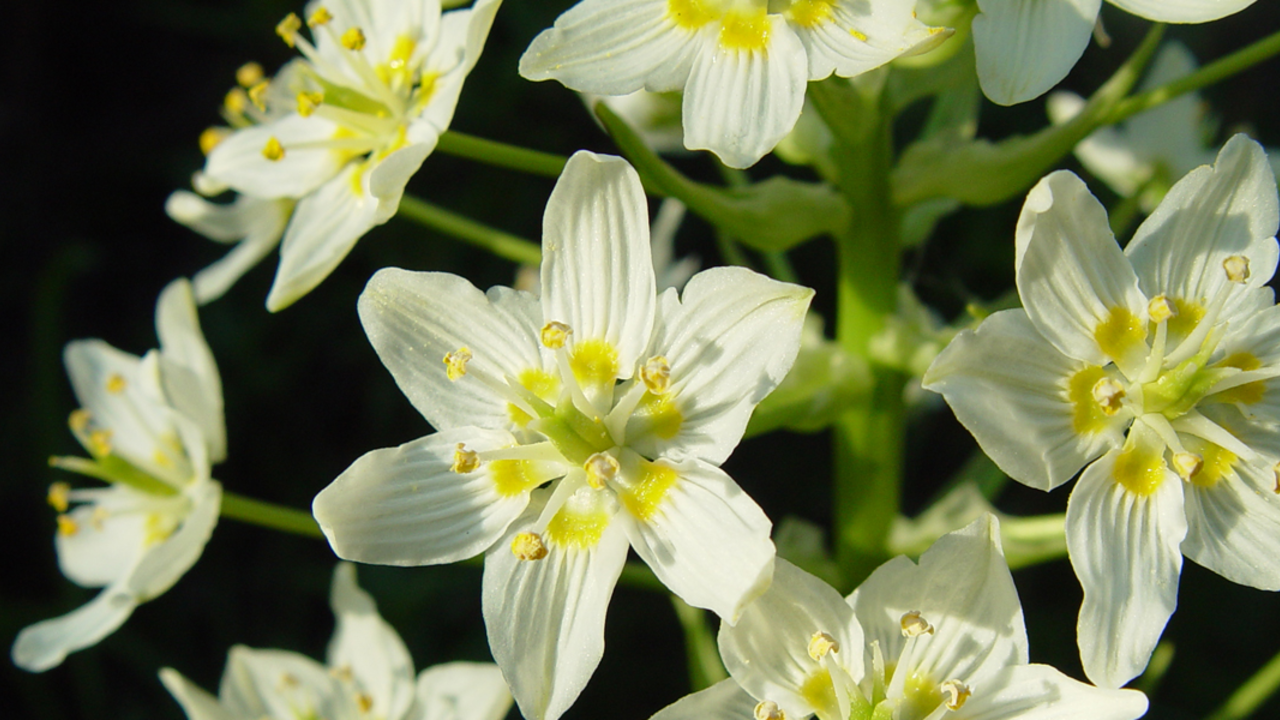
Death camas (Toxicoscordion fremontii)
Also known by the delightful moniker of star lily, this native plant species—with its elegant white flowers—is both beautiful and deadly. Consumption of death camas and its poisonous alkaloids leads to a host of horrific symptoms—including increased salivation, gastrointestinal distress, abdominal pain, vomiting, and diarrhea. In large quantities, it can be fatal.
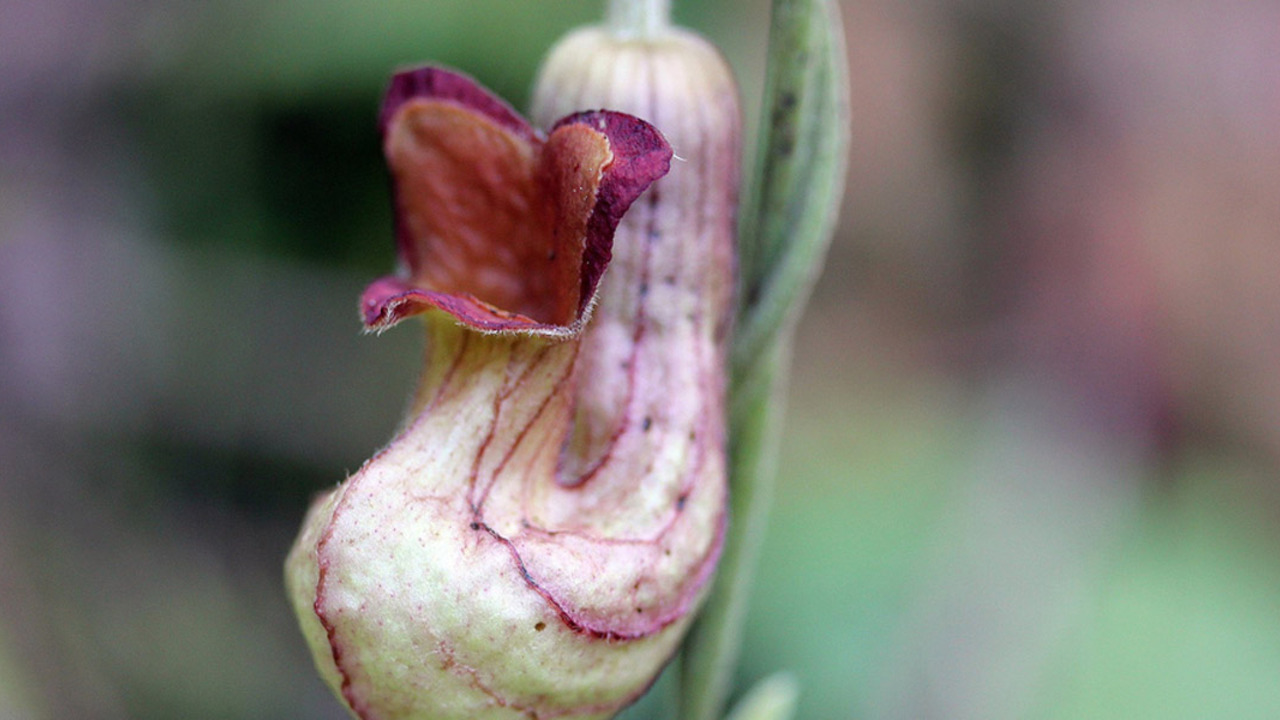
Dutchman’s pipe (Aristolochia californica)
A woody vine native to California, this plant has heart-shaped leaves and curious pipe-shaped flowers. As if tangled in a botanical Edgar Allen Poe tale, tiny insects are lured into the flowers by a carrion-like odor and—once inside, they are stuck, lost and wandering in this dark and twisty chamber lined with red veins. After picking up pollen during their struggles, most insects escape the flower—freed to advance the plant’s reproductive process.
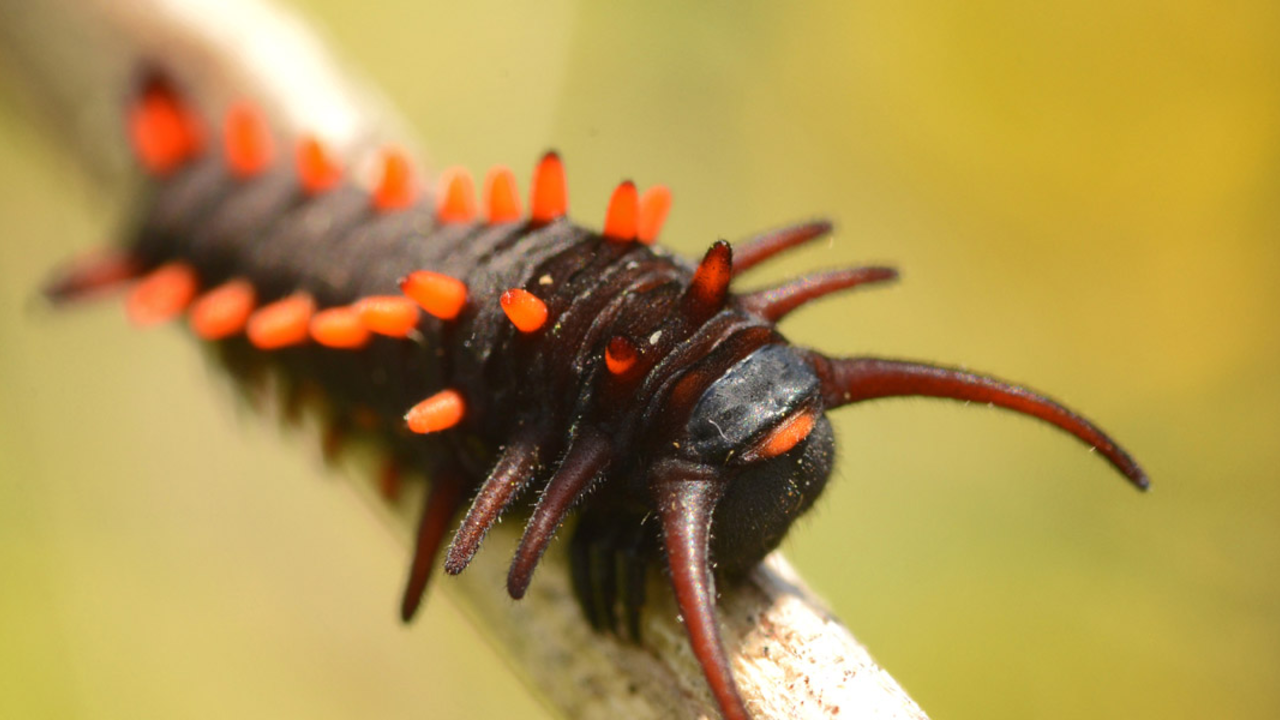
Fascinatingly, the Dutchman’s pipe is the host plant for the pipevine swallowtail butterfly (Battus philenor). The caterpillars (one of the parks’ Top 10 Creepiest Critters) ingest the toxins of the plant, and they become toxic themselves—turning a very eerie orange and black.
Happy Halloween indeed!
